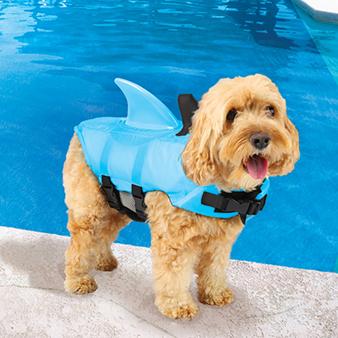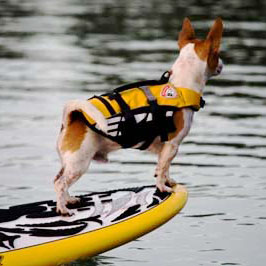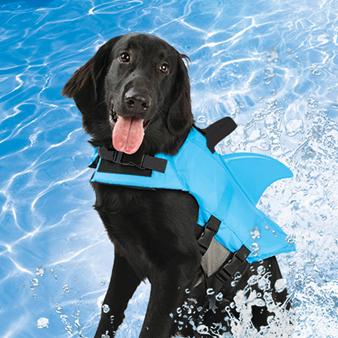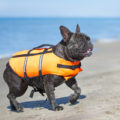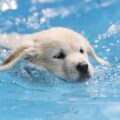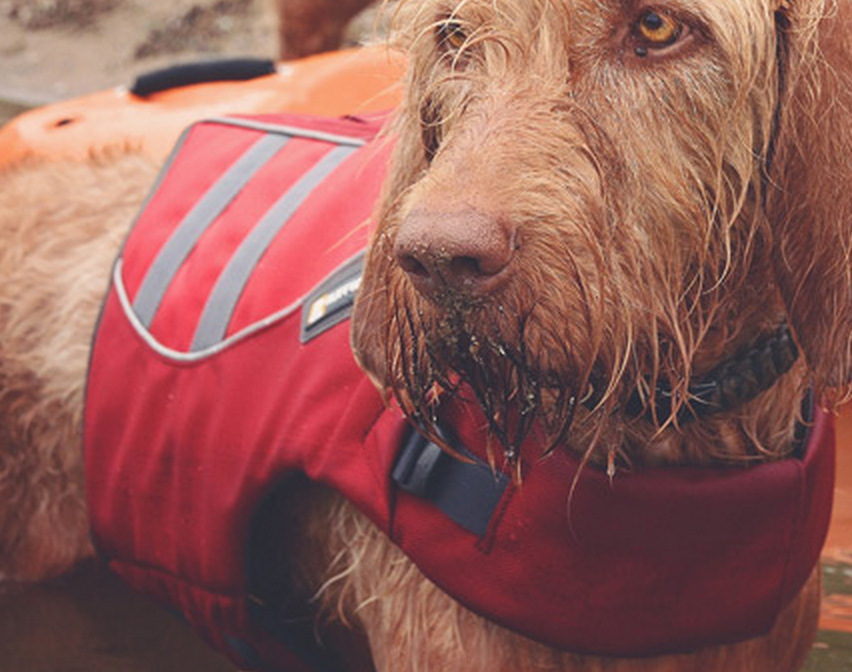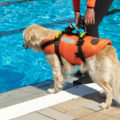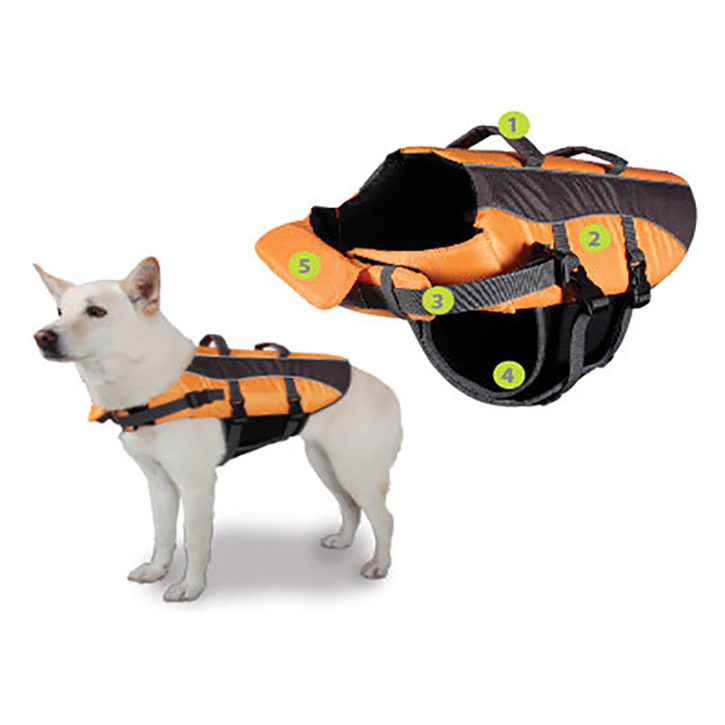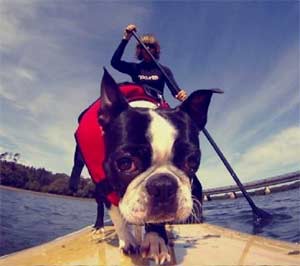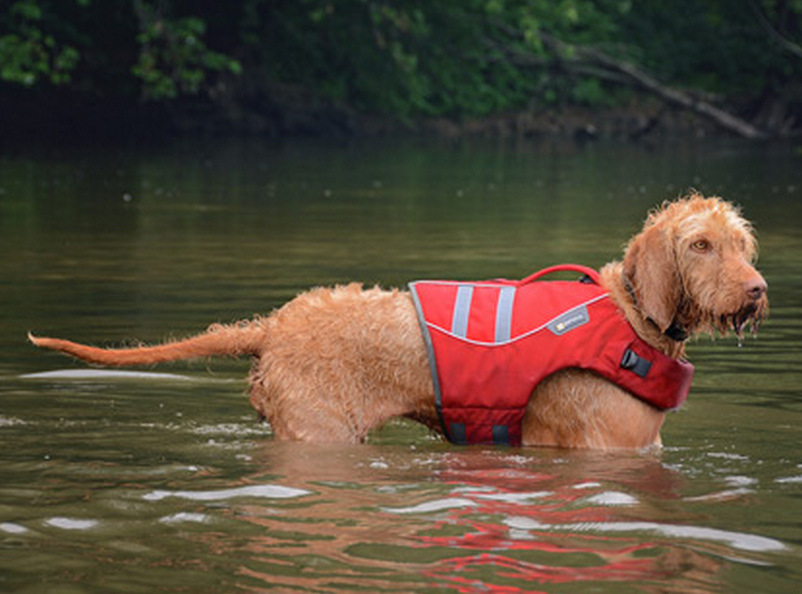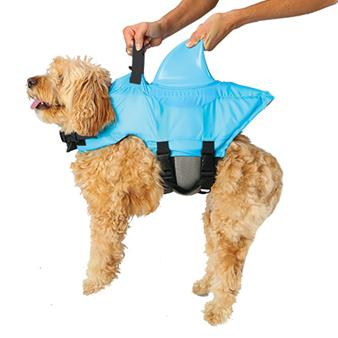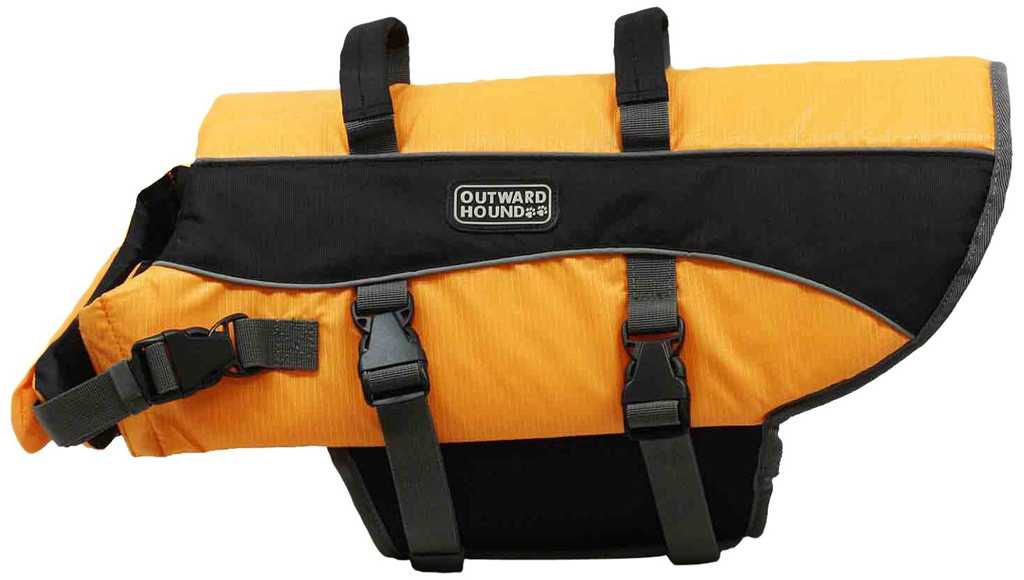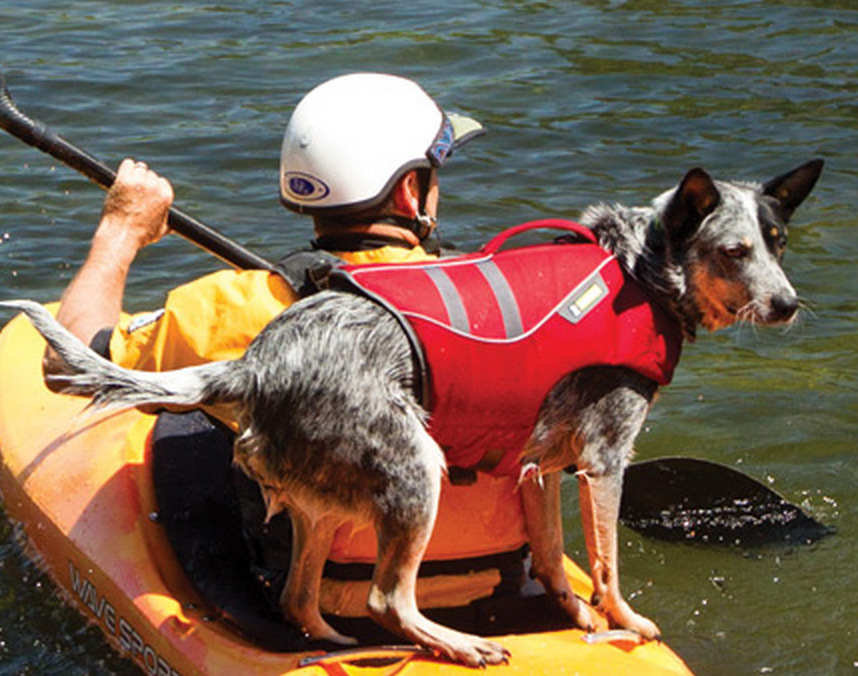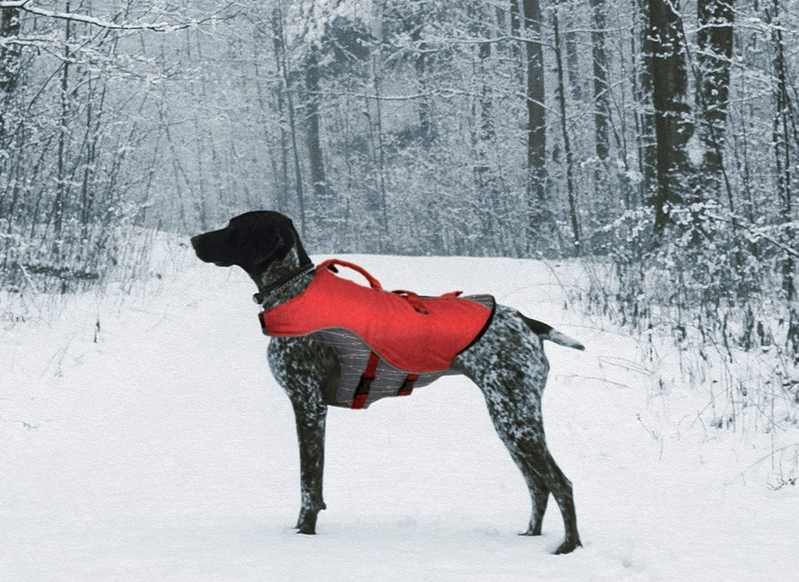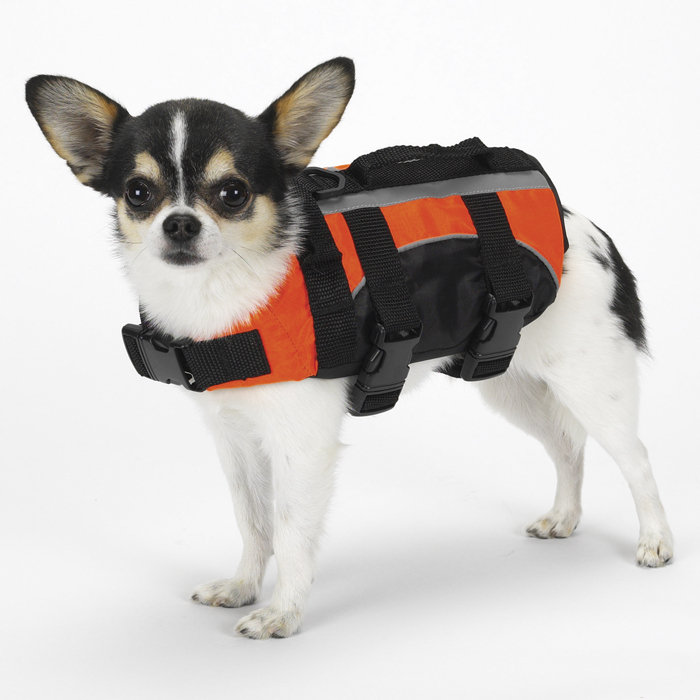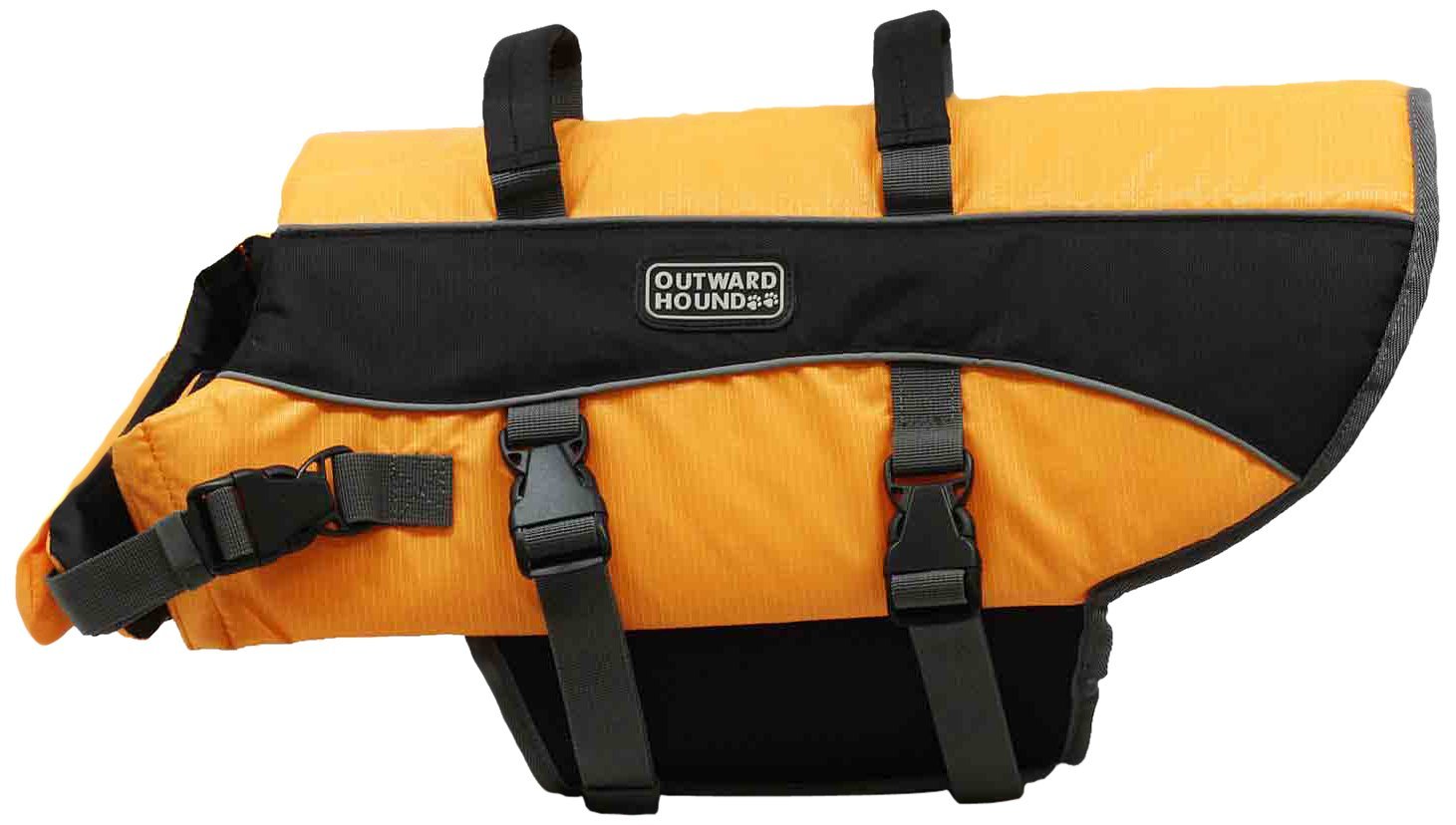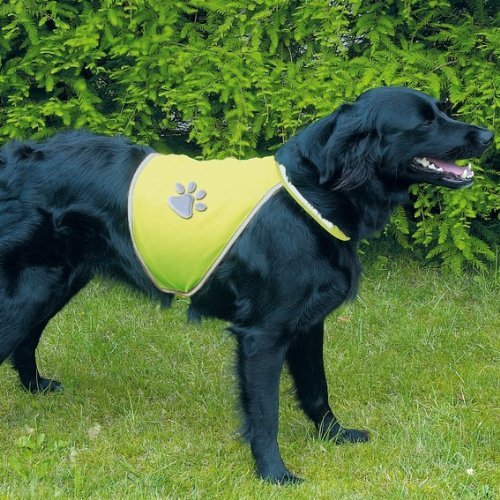The easiest way to get you dog to like water is to introduce them to the water slowly. You can bring them in a bathtub with you or a pool and give them treats each time they successfully enter the water.
It is common for dogs to dislike water. You would be surprised to know that some Labrador retrievers don’t like water, even though the breed is well known for their exceptional swimming abilities.
But the behavior of not liking water is not set in stone, and dogs can be trained to like water. Your dog can learn to like water through positive reinforcement training, and that is what we will discuss here.
When your dog doesn’t like water, she faces some inconveniences. Taking baths becomes quite the challenge, and she might be afraid of going to the beach with you.
Introducing your pooch to liking water requires you to keep a few factors in mind.
1. Safety – Your dog’s safety is paramount. Keep your puppy close to you as he attempts to play in the water.
Use a pet life jacket to keep your dog safe as she tries to swim. Never let them swim too far out, even if they look like Michael Phelps while at it.
2. Location – do not let your pup play with just any water because they can contract diseases. If your dog is not done with the full range of immunization shots, you should be even more careful with what water source they play with. We recommend that you use a water source that is not frequented by other dogs, such as a home bathtub or pool.
3. Positivity – it is important to note that playing with water can be a scary experience for your pooch so you should never force them into the water. Forcing the dog could make them acquire a phobia of water. You should instead make it a positive experience by involving treats, verbal traits, petting and water toys. Let your pup know that they can have fun with water.
The Training
The process of training dogs to like water is the same for puppies and older dogs. Younger dogs will generally learn faster than older dogs. You know how the saying goes. You may also have to be more patient with dogs that have had some adverse experiences with water. But the training process is quite straightforward.
The process should proceed with a pace at which your dog is fully at ease.
You start the process by picking out a desirable location such as a calm beach. Your location should ideally have a shallow end and should gradually become deeper.
Avoid rivers as moving water can be scary for your dog. You may create a ramp if you want to use a bathtub for your dog’s comfort. Bathtubs are great if your goal is to teach your dog to like water baths. You can also use a pool with a shallow end and pool steps.
Look for locations with a sandy or rock bottom – avoid locations with muddy bottoms for your dog’s comfort.
Don’t forget to carry some dog treats with you.
You can use one or combine the following two training methods. Both methods use a clicker. A clicker isn’t necessary, but it is highly recommended.
Method 1: Classical Conditioning
Classical conditioning involves training your dog to associate two unrelated things by the use of a bridge. In this case, we try to link water and treats while using a click from a clicker as the bridge.
Clicker training is pretty straightforward, and you should be able to go through with it even with no prior experience with clickers.
Instructions
• Put your pooch on a leash and take him near the water. Use a long enough leash so that your dog can move around easily.
• Start from a position where your dog is completely at ease. Don’t force it to move too close to the water as it might feel uncomfortable. If you notice that it is nervous, move further away from the water until it gets comfortable. Be patient with your pet.
• If your pooch looks at the water, click then follow through with a treat.
• If your dog steps towards the water, click and follow through with a treat. Repeat this process until your pup is at the edge of the water source.
• If your dog makes any interaction with the water, such as touching it, click and give them a treat. If it goes into the water, click and give her a treat.
It is as simple as that really, but you need to be patient with your dog. Because she is starting from the point of fear or discomfort, your dog will be quite resistant to the training. Patience is key here.
Do not push him into the water. Your dog should make the choices on whether to advance or retreat based on how they feel. If they stop advancing, or they start to retreat, call it a day and try another time.
Do several sessions each day, and then call it a day. Each session should be about 5 minutes long. Ensure that you are not pushing your pooch mentally as this would stress them out.
Fear, coercion, or stress will only make your dog hate water even more. The goal is to train him gently and gradually so he can associate water with good vibes.
Method 2: Operant Conditioning
While the classical conditioning method involves associating water and treats via a cue, operant conditioning is a little more complex on the trainer’s end. Operant conditioning involves giving your pooch a command and rewarding them when they comply.
Instructions
• Start this training by teaching your pup to target on command. If your dog already knows how to target on command, then you can skip this step. Targeting on command involves training your dog to touch your open hand with their nose when you give the command. This is a simple but useful trait for dog training.
• Go to the water location. Put your little buddy on a long leash. The leash is meant for safety and not for pulling your dog into the water. If you choose to use a bathtub in your hose, let the door remain open so that your dog can run out if they have had enough of the training.
• Ask your puppy to target your hand as you lead him towards the water. Click and follow through with a treat for success.
• Gradually move closer to the water. Keep it easy while giving out treats for any progress. Ten successes per minute would be a good rate. Don’t push your dog. Let him move at a pace that he is comfortable with.
Operant conditioning is very effective as your dog can quickly learn what you want him to do.
You can also explicitly ask your dog to engage with the water, instead of gradually leading him towards the water. Ensure that your dog is always at ease and acts on free will.
You may also use your dog’s favorite toys for this training. You do this by tossing the toys to the edge of the water and asking your dog to get them. You then gradually toss them deeper into the water. Observe your dog keenly to ensure that it remains comfortable and not struggling.
Combining these two methods would be a great idea as it might accelerate the learning process.
It is not a guarantee that your dog will love water to the edge of the world and back, but these methods can make them like water and remove any phobia associated with water.
Dog Baths
Bath time can be an excellent opportunity to get your dog to like water. You can do this by making the bath process fun and memorable for your pet. During bath time, your dog has to interact with water. There is simply no way out. It is therefore essential to make it a fun process.
Dogs may develop a dislike for water due to distasteful experiences with water during bath time. Making bath time fun can remove the dislike. You may improve your dog’s bath experience by washing it with mildly warm water with low pressure.
This makes your pooch feel comfortable. Use treats to let her know that she’s doing great. Use physical and verbal praise as well.
Invite a water-loving dog
So, if you are still trying to figure out how can I get my dog to like water? Then you my may want to invite another dog that loves water over to help build your dogs confidence.
If your dog sees other dogs having fun with water, she will know that water is not an adversary. Get a water-loving dog, or a number of them, and let your dog observe their body language as they engage with the water.
This way, your dog learns not to fear water. Eventually, she may also want to join in on the fun. Their sheer will is the first step towards having a great time engaging in water activities.
Dogs are generally very good at adopting new behaviors. Those that have a dislike for water can be taught to like water using some straightforward methods.
However, the training should be approached with patience, as dogs can be resistant to the training just because they don’t like water.
